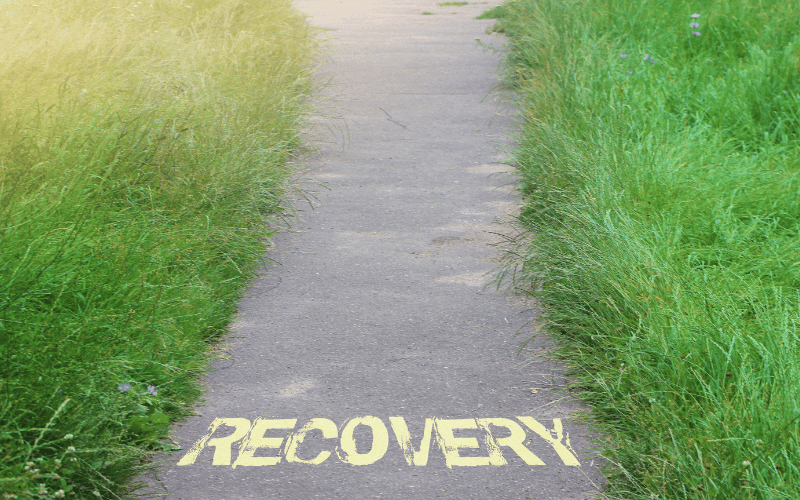Fact 11: Recovery Time

After undergoing a procedure to treat an anal fistula, the recovery phase kicks in. Initially, there might be some discomfort, swelling, or even minor bleeding. This is expected, and it’s the body’s way of healing. Typically, within the first few days, patients are advised to rest and avoid strenuous activities to give the body a fighting chance at swift recuperation.
Pain management is a significant aspect of the early recovery phase. Doctors often prescribe painkillers to help manage discomfort. Moreover, antibiotics might be provided to ward off potential infections. It’s crucial to follow the medication regime diligently and report any unusual side-effects to the medical practitioner.
In the weeks following the treatment, certain lifestyle adjustments can promote healing. This includes adopting a soft, high-fiber diet to ease bowel movements and reduce strain on the surgical site. Also, maintaining impeccable hygiene in the anorectal region is non-negotiable. Gentle cleaning, warm baths, and avoiding long periods of sitting can be beneficial.
While the initial recovery phase might last a few weeks, complete healing can take a bit longer, sometimes a few months. Factors affecting this timeline include the complexity of the fistula, the individual’s overall health, and how well post-operative care guidelines are adhered to.
As the recovery journey progresses, regular medical check-ups become imperative. These allow the healthcare provider to assess the healing process, address any complications, and provide guidance on resuming regular activities. Regular monitoring can catch potential issues early, ensuring the recovery trajectory remains on track. (11)